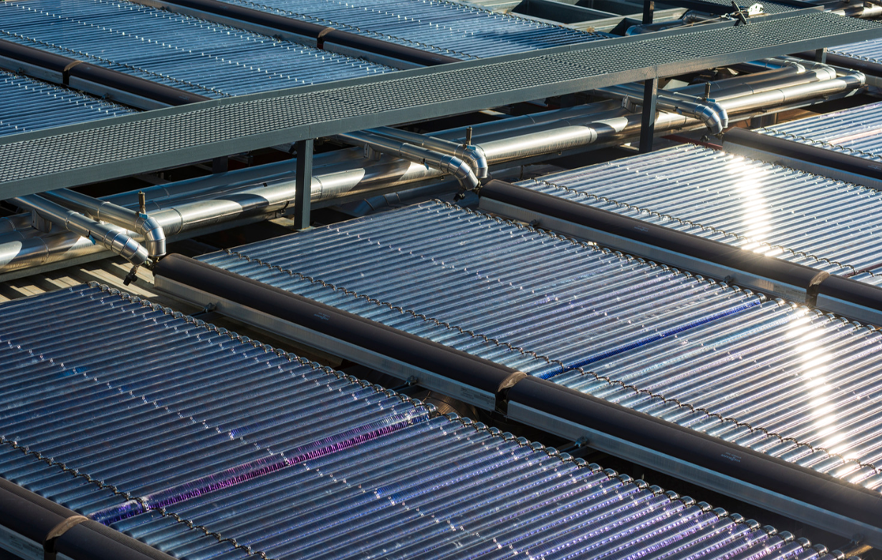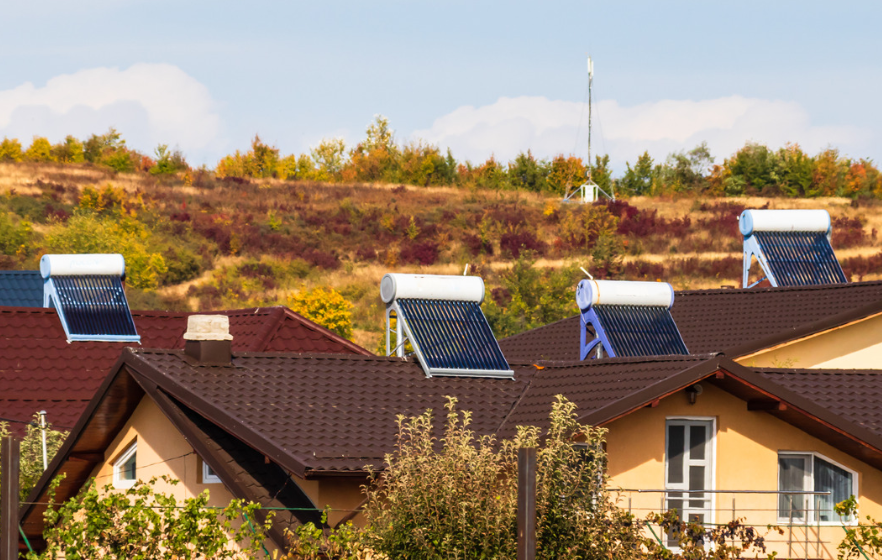
A lot of people believe that solar-powered equipment and devices will only work when they are always in contact with sunlight. One example of equipment that can be powered by the sun is heating systems. You see, solar heating systems would operate effectively and efficiently whenever they receive an adequate amount of sunlight. However, the notion that these systems do not and will not work during the winter season is somehow misleading and incorrect.
The Principles behind Solar Heating Systems
Solar heating systems use the sun's thermal energy to heat a space and its water. These systems may be passive or active. Passive solar systems rely on the property's design, construction, and build. Thermal energy can be generated from the building itself or actively sourced through solar heating systems. The latter solution typically includes thermal solar panels that absorb sunlight and convert it into heat, which then regulates space and water temperatures as needed.
Types of Solar Water Heating Systems
Passive: Passive heaters use heat pipes to circulate water or fluid through the system. There are two types of passive systems:
Thermo Siphon: A thermosyphon system works on the principle of warm water rising and cold water sinking. In Thermosiphon the water tank and the solar collector are separated. Coldwater travels in the solar collector tubes and hot water moves to the storage tank through convection. The water from the storage tank can then be supplied to the house.
Batch: In this method, Water tanks are placed in the solar collectors and no tubes are present in this system.
Active: In the Active method, pumps are used to circulate water or heat fluid in the system.
3 Types of Active Solar Water Heaters
Direct: Pumps are used to transfer water in solar collectors to storage tanks.
Indirect: A fluid like antifreeze is used instead of a liquid in the solar collectors.
Drainback: Distilled water is used for storage in this method.
Advantages and disadvantages of Solar Water Heater

Advantages
- Less space: Solar thermal panels require less space than solar photovoltaic panels. Fewer are required to heat water than in a PV array that is used to provide sufficient power for a home.
- High efficiency: Since 80 percent of the sun’s radiation is turned into heat energy for heating water, they are efficient compared to PV panels.
- Cost savings: They are cheaper for larger domestic installations.
- Low maintenance: They need minimal maintenance, and can run for up to 20 years.
- Lower carbon footprint: They are known to have less carbon footprint than their counterpart PV systems.
Disadvantages
- Compared to their PV counterparts solar thermal panels only heat water.
- A lot of roof space is required to install thermal panels.
- They require direct sunlight to function.
- A major drawback is that they do not function on cloudy, rainy, or foggy days.
- Even though they require less maintenance, periodic maintenance is needed for the pumps and antifreeze.
- As part of Installation, a new hot water cylinder is always required.
Solar Heating During Winter Seasons
Winter seasons pose no problem for solar heating systems. That's because, even if they 'solely rely on solar energy,' numerous factors allow them to keep running during winter. For example, well-insulated solar heating systems can continue capturing, storing, and processing sun energy even when the temperature outside is near or below freezing point.
Additionally, radiation energy from the sun can still penetrate enclosures without losing too much heat in the process; however, you should be mindful that diffused sunlight during winter may affect and reduce a system's capacity to generate heat.
Most solar heating systems are effective year-round because they're built to resist freezing temperatures. Most have freeze protection that regulates the temperature of the solar collectors.
Additionally, there are some solar panels that feature radiator fluid technology. This type of system siphons sunlight to create heat, which is then used to warm up either a liquid catalyst or radiator fluid. The warmed-up liquid is eventually transferred over to the heat exchange tank in order power space and water heating components.
Maintaining Solar Heating Systems
You can maintain your solar heating system's winter performance by ensuring the insulation still effectively retains sunlight, using mirrors to direct sunlight towards solar panels and collectors, and adjusting the positioning of your solar panel & collectors. You can also use anti-freeze additives to lower the freezing point and raise boiling point.
Conclusion
It is clear that solar heating systems are designed to work effectively and efficiently, regardless of the season. While winter may present some diffused sunlight issues, numerous factors still allow these systems to run smoothly - making them a viable option for those looking to reduce their energy costs. By understanding how these systems work, you can take measures to maintain their performance during winter seasons.

